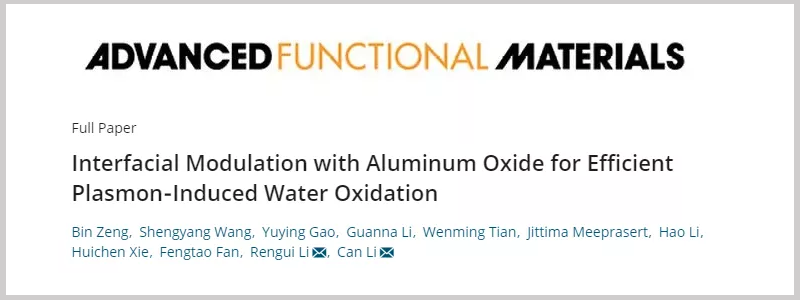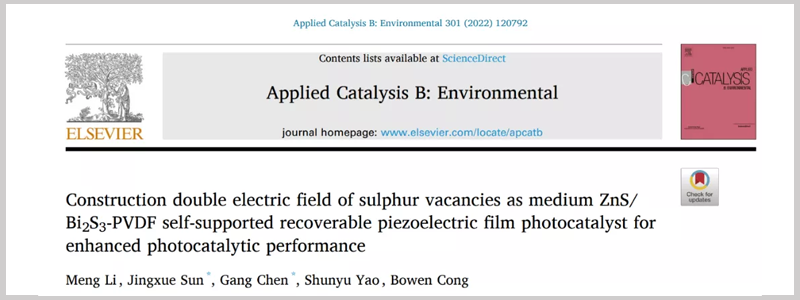● Classic structural design with numerous satisfied customers, offering exceptional cost-effectiveness;
● All-glass material construction, fundamentally preventing errors caused by metal adsorption on experimental results;
● Dual seven-way sampling structure to eliminate carrier gas mis-sampling;
● Magnetic circulation air pump with no electrical connections in the system, eliminating the risk of hydrogen explosions and interference from electrolysis hydrogen generation.
▲ Especially suitable ● Moderately suitable ○ Can be used
▲ Photocatalytic/Photoelectrocatalytic hydrogen/oxygen production from water;
▲ Photocatalytic/Photoelectrocatalytic complete water decomposition;
▲ Photocatalytic/Photoelectrocatalytic CO₂ reduction;
▲ Photocatalytic quantum efficiency measurement.
● Linear standard curve: R² > 0.999 when H₂ content is in the range of 100 µL to 10 mL;
● Reproducibility: RSD < 3% when the same concentration is sampled four times in a row;
● Passive magnetic high-speed circulation system: Drive speed not less than 4000 r/min, with powerful circulation dynamics; no electrical connections in the pipeline, no risk of hydrogen explosion, and no interference from electrolysis hydrogen generation;
● Sampling method: Manual online sampling with multiple quantitative ring multi-port sampling valves made of high borosilicate glass, located in the system rather than the chromatograph;
● Circulation pipeline: The narrowest pipeline has an inner diameter of 3 mm, not a small-caliber chromatographic pipeline, with low gas resistance.
● Absolute vacuum degree: ≤0.1 MPa;
● Range of use pressure: 0 kPa~atmospheric pressure;
● Gas tightness: Relative pressure change ≤1 kPa/24 h;
● Pipeline material: High borosilicate glass, high chemical inertness, no adsorption;
● Valve process: High borosilicate glass material, valve plug and valve sleeve using precision grinding process;
● Number of valves: 13;
● Vacuum grease: Imported Dow Corning vacuum grease, corrosion-resistant, low vapor pressure, low volatility, working temperature: -40°C~200°C;
● Pipeline volume: 150 mL;
● Quantitative ring: 1.5 mL;
● Gas storage bottle: 250 mL, suitable for system expansion and storage of reaction gases such as carbon dioxide;
● Condenser tube: Spherical condenser tube, preventing water vapor from entering the gas chromatograph and vacuum pump;
● Cold trap: Separation of low-boiling-point components, extending the life of the vacuum pump and improving system vacuum.
● Reactor: Suitable for photocatalytic reactors and photoelectrocatalytic reactors; can be customized based on actual experimental needs;
● Overall size/mm: 650 (L) × 370 (W) × 730 (H);
● Open design: Highly adjustable according to experimental requirements;
● Optoelectronic isolation: Both input and output parts have optoelectronic isolation with strong anti-interference capability;
● Vacuum pump: Single-stage rotary vane vacuum pump, pumping speed ≥6L/s;
Representative References

